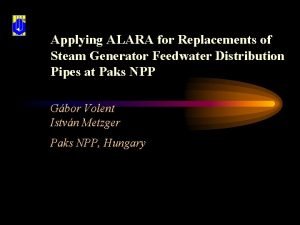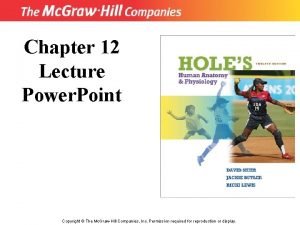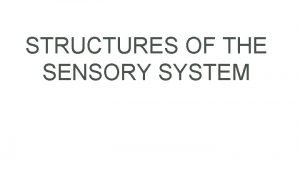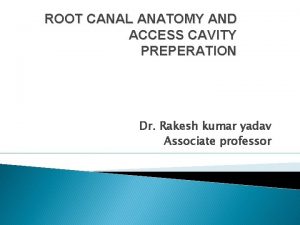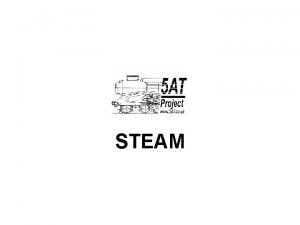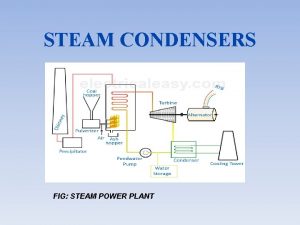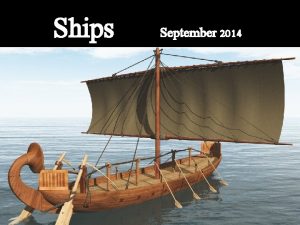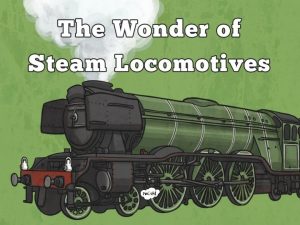Transport Revolution Canals Road Steam Ships Locomotives Canals








- Slides: 8

Transport Revolution • Canals • Road • Steam Ships • Locomotives

Canals: • Easier to transport heavy goods • James Brindley (engineer) built viaduct, for Duke of Waterway, to transport coal to Manchester. • Grand Canal: Dublin to Shannon, carried passengers.

Roads: Problems: • Long journeys • Bad roads: pot holes, muck, dust. Changes: • Better roads: James Metcalf solid foundations John Mc. Adam Rough Stone chippings Thomas Telford Drainage ditches • Turnpike Roads & Tolls • Stage coaches: Public coaches pulled by 4 horses • Mail Coaches: • Quicker to walk journeys. Express coaches to transport mail • Charles Bianconi: ‘long car’ pulled by horses (1815) Public transport between smaller towns

Steam Ships • Ships depended a lot on weather to sail • Steam Power changed this (James Watt) • 1 st steam engine ship: (1786) Hudson River, New York • By 1815, steam ships regularly crossing Irish sea • By 1850 s steam ships replaced sailing ships

Locomotives: • End of 1700 s, steam driven wagon invented to drive on roads = too heavy for road • 1804 Richard Trevithick adapted this design to run on rails • 1825 George Stephenson built first railway between Stockton & Darlington.

George Stephenson and railway competition: • Competition held to see if locomotive of horse drawn cart better to transport goods on the railway. • Stephenson entered his locomotive Rocket • Rocket won competition = railway would use locomotives to transport goods. • First Irish railway built in 1834, between Dublin city and Dun Laoghire

The effects of the Railway: • Fast and cheap transport • Heavy goods transported quickly over long distances • Boosted coal mining, iron and steel industries • Boosted tourism and movement of people • Fresh Food transported to cities faster • Created employment • Led to decline in the use of canals and roads

Samuel Morse (1791 – 1872)


